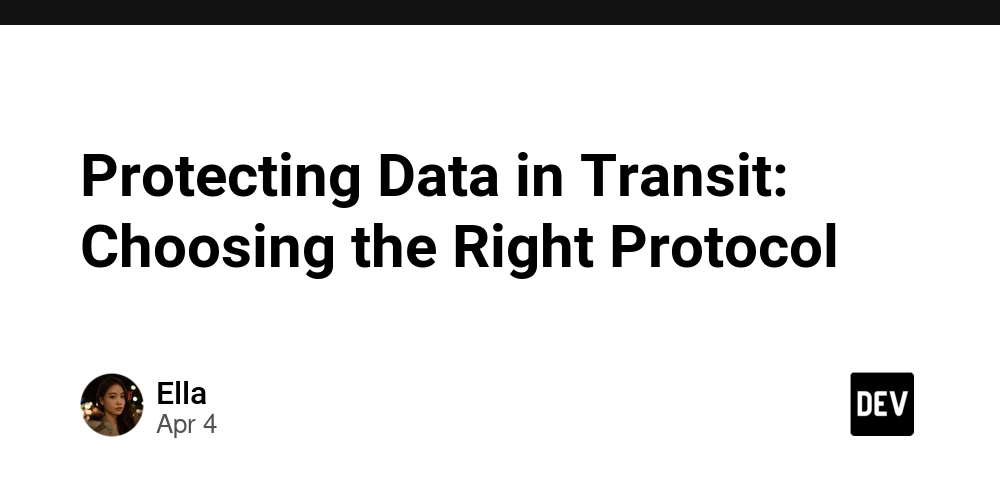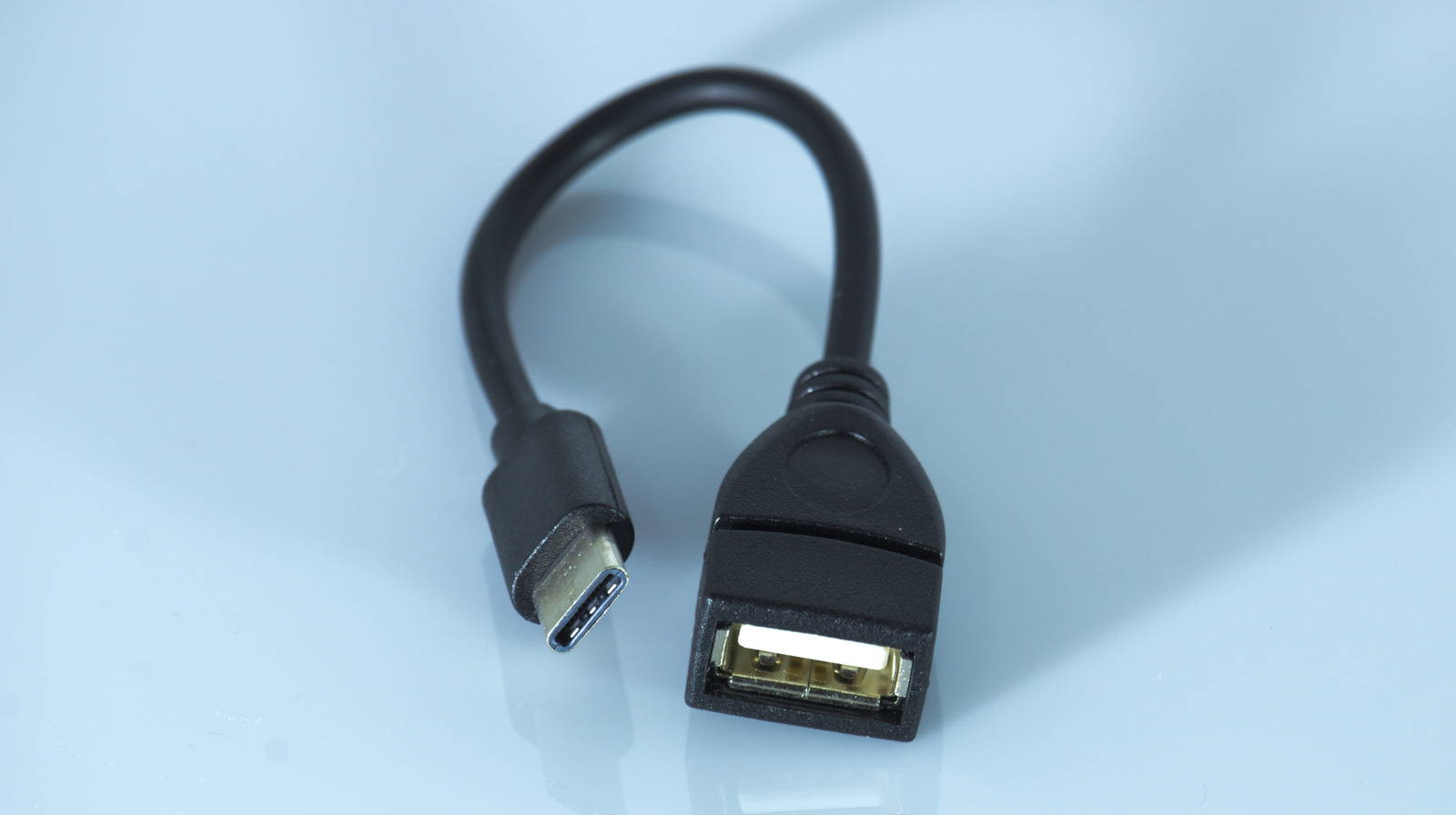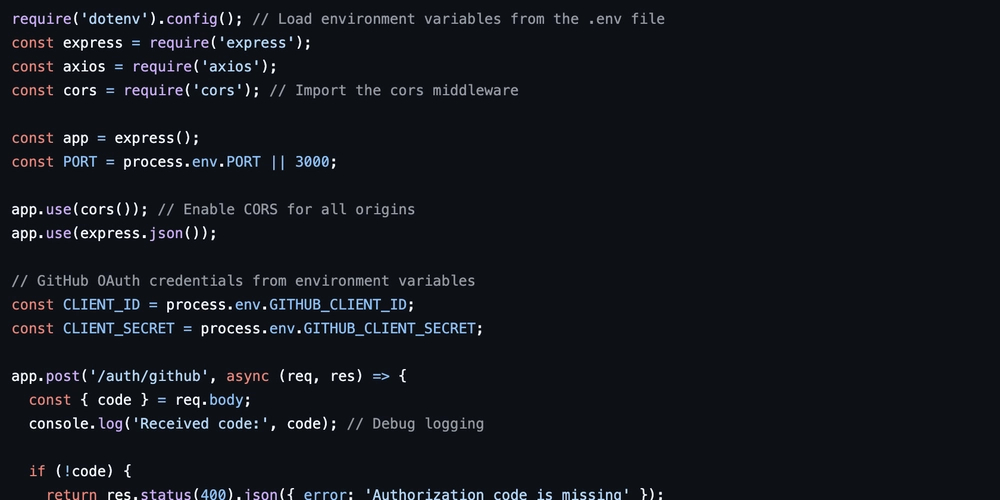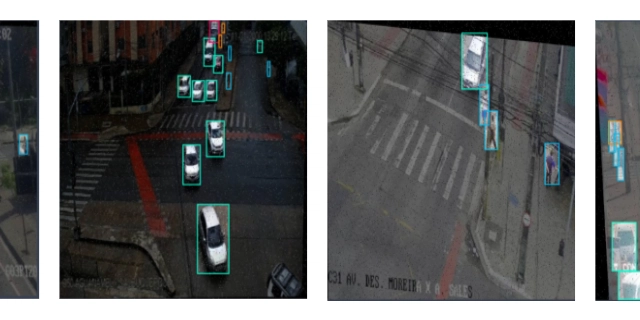Protecting Data in Transit: Choosing the Right Protocol
Introduction File transfer security has become more critical than ever, and older protocols that lack encryption no longer meet modern security standards. FTP, once a common method for transferring files, was designed in an era when security wasn’t a primary concern. Today, transmitting data in plain text presents serious risks, leaving information vulnerable to interception and attacks. To address these security challenges, SFTP (SSH File Transfer Protocol) and FTPS (FTP Secure over SSL/TLS) have been widely adopted, offering encryption and stronger authentication. But how secure are these alternatives? Do they fully mitigate security risks, or do they introduce new complexities? This post will cover:

Introduction
File transfer security has become more critical than ever, and older protocols that lack encryption no longer meet modern security standards. FTP, once a common method for transferring files, was designed in an era when security wasn’t a primary concern. Today, transmitting data in plain text presents serious risks, leaving information vulnerable to interception and attacks.
To address these security challenges, SFTP (SSH File Transfer Protocol) and FTPS (FTP Secure over SSL/TLS) have been widely adopted, offering encryption and stronger authentication.
But how secure are these alternatives? Do they fully mitigate security risks, or do they introduce new complexities? This post will cover:













































































































































































![[The AI Show Episode 142]: ChatGPT’s New Image Generator, Studio Ghibli Craze and Backlash, Gemini 2.5, OpenAI Academy, 4o Updates, Vibe Marketing & xAI Acquires X](https://www.marketingaiinstitute.com/hubfs/ep%20142%20cover.png)



























































































































![[FREE EBOOKS] The Kubernetes Bible, The Ultimate Linux Shell Scripting Guide & Four More Best Selling Titles](https://www.javacodegeeks.com/wp-content/uploads/2012/12/jcg-logo.jpg)



![From drop-out to software architect with Jason Lengstorf [Podcast #167]](https://cdn.hashnode.com/res/hashnode/image/upload/v1743796461357/f3d19cd7-e6f5-4d7c-8bfc-eb974bc8da68.png?#)





































































































.png?#)





.jpg?#)
































_Christophe_Coat_Alamy.jpg?#)










































































































![Rapidus in Talks With Apple as It Accelerates Toward 2nm Chip Production [Report]](https://www.iclarified.com/images/news/96937/96937/96937-640.jpg)





































































































































